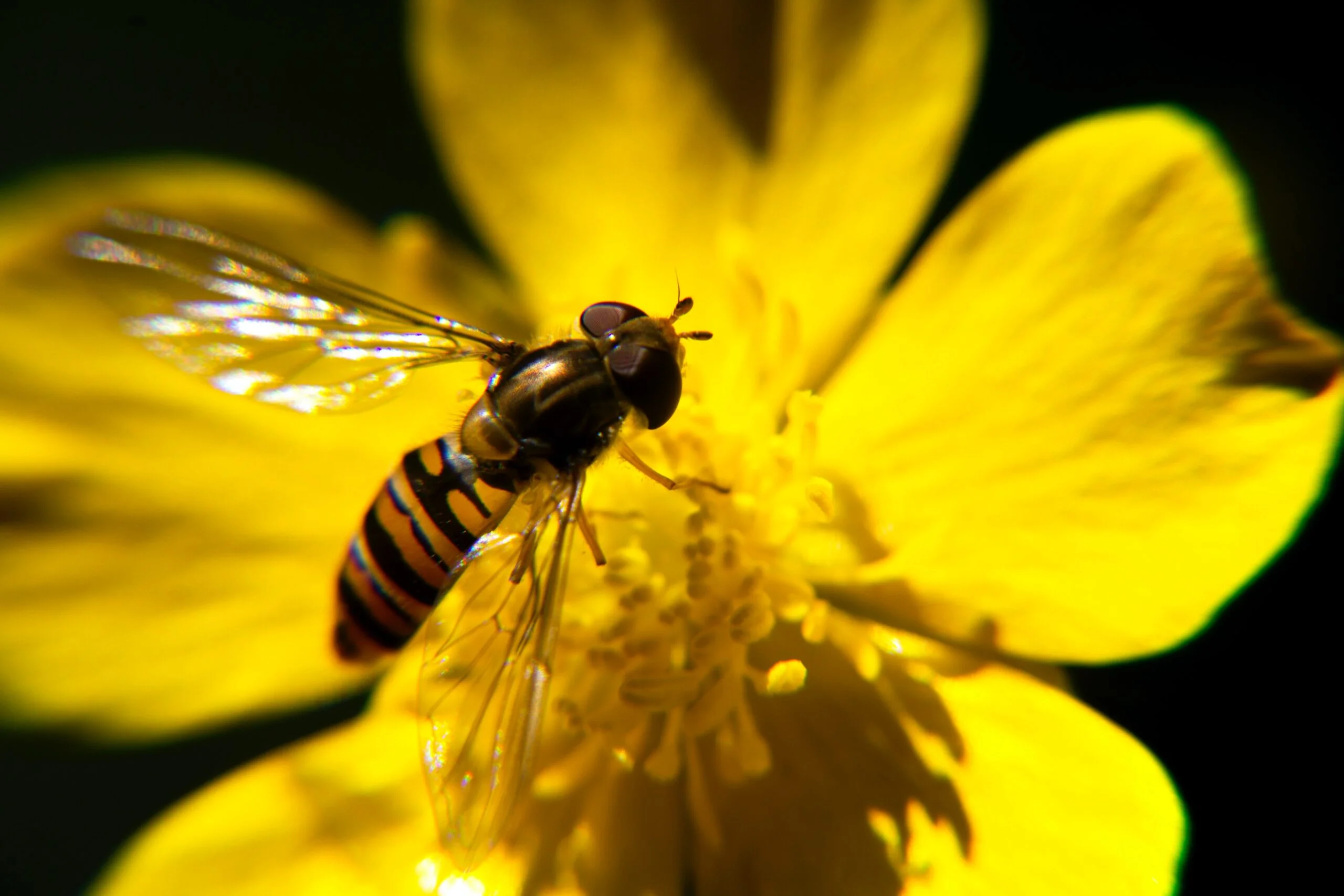Biodiversity is the orchestra that plays the symphony of existence in the vast tapestry of life on Earth. Each species, from the smallest bacteria to the mighty giants of the animal world, adds its distinctive notes to the ecosystems on our globe. This symphony, meanwhile, has recently been endangered by a discordant chord: the decline in biodiversity. This blog will examine the complex web of life, the causes of biodiversity loss, and the pressing need for conservation measures.
The Vastness of Life in the World
The planet Earth, our beloved blue home, is an absolute gold mine of life. According to estimates, there are 8.7 and 14 million distinct species on Earth. These species work together to build the biodiversity, or variety of life, web. The combination of life, which supports the health and stability of our ecosystems, may be found anywhere from the lush rainforests to the cold arctic tundras.
The Environmental Advantages of Biodiversity
Numerous ecological advantages are provided by biodiversity, and their loss may have far-reaching effects. The preservation of environmental balance is one of biodiversity’s most essential roles. Each species has a part to perform in the complex dance between predator and prey, pollinator and plant, and decomposer and waste. This equilibrium ensures ecosystem sustainability and resistance to environmental change.
Biodiversity’s Economic Importance
Biodiversity has enormous economic relevance in addition to its ecological importance. Biodiversity is essential to the life of many sectors of the economy, including medicine and agriculture. For instance, biodiversity is crucial for food security since a sizeable amount of the world’s food supply comes from various crops and animals. In addition, various drugs and medical procedures have been created using substances found in different plant and animal species.
Concerning Loss of Biodiversity
Regrettably, the symphony of life on Earth is approaching a crescendo of extinctions. The extinction rate of species has sharply increased during the last century. This drop is caused by various variables, many of which are interrelated.
Destruction of Habitat
Habitat loss is one of the leading causes of biodiversity loss. As human populations rise, natural ecosystems transform into urban areas, agricultural land, and infrastructure. This intrusion disturbs ecosystems, which causes many species to be displaced or exterminated.
Pollution
Another significant danger to biodiversity is pollution, whether it be in the form of soil, water, or air pollution. Pollutants from industrial activity, toxic chemicals, and plastic trash enter ecosystems and harm plants and animals. Due to how easily even little changes in water quality may destroy these sensitive ecosystems, coral reefs are incredibly susceptible to pollution.
Changing Climate
The circumstances under which species have developed have been altered by climate change, exacerbating biodiversity loss. Rising temperatures, shifting precipitation patterns, and an increase in severe weather events pose a hazard to the survival of species that are not suited to quick climatic changes and may disturb ecosystems.
The Need for Conservation Right Away
There is no ignoring the issue of biodiversity loss. Its impacts are extensive and also affect human welfare. We must act swiftly and decisively to reduce biodiversity loss and safeguard the delicate symphony of life on our planet.
Conservation initiatives
The preservation of biodiversity requires conservation initiatives. These initiatives include creating protected places like marine reserves and national parks, where ecosystems and animals may flourish without human intervention. Additionally, conservation groups put forth a lot of effort to spread knowledge, do research, and put measures in place to rescue endangered species.
Sustainable Behavior
The core of biodiversity conservation is sustainability. Adopting sustainable forestry, agriculture, and fisheries techniques helps lessen resource overuse and habitat degradation. Sustainable development aims to satisfy current requirements without jeopardizing the capacity of future generations to meet their own needs.
Conclusion
The worldwide catastrophe of biodiversity loss impacts the future of humans and the natural environment. We must cherish biodiversity, comprehend the dangers it confronts, and take effective action to save it. We must make sure that this quiet symphony survives for future generations since every species that vanishes from the Earth’s stage lessens the richness of our planet’s symphony.



No responses yet